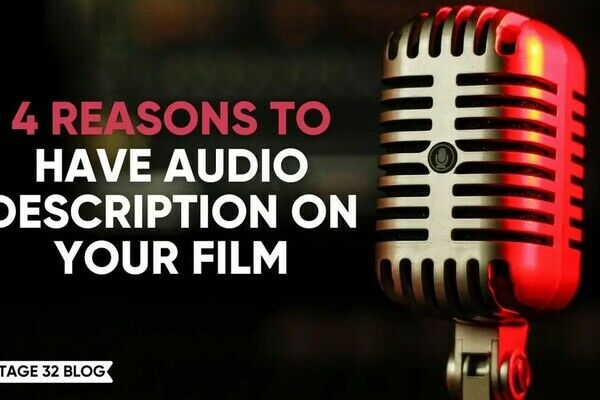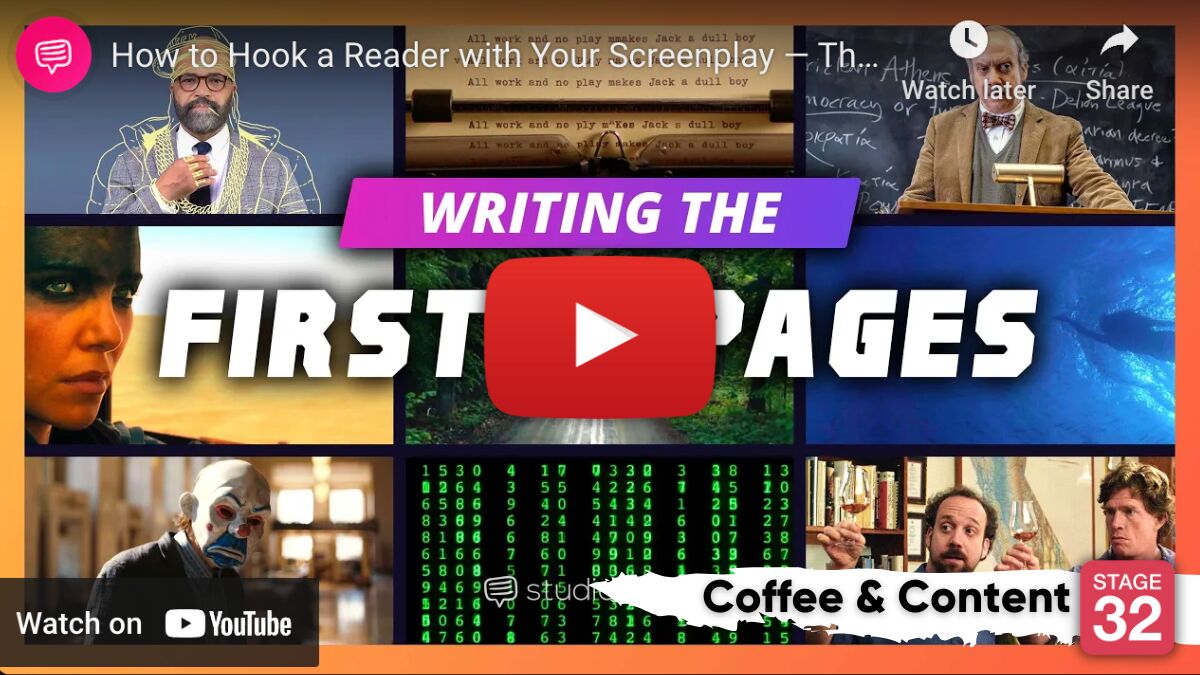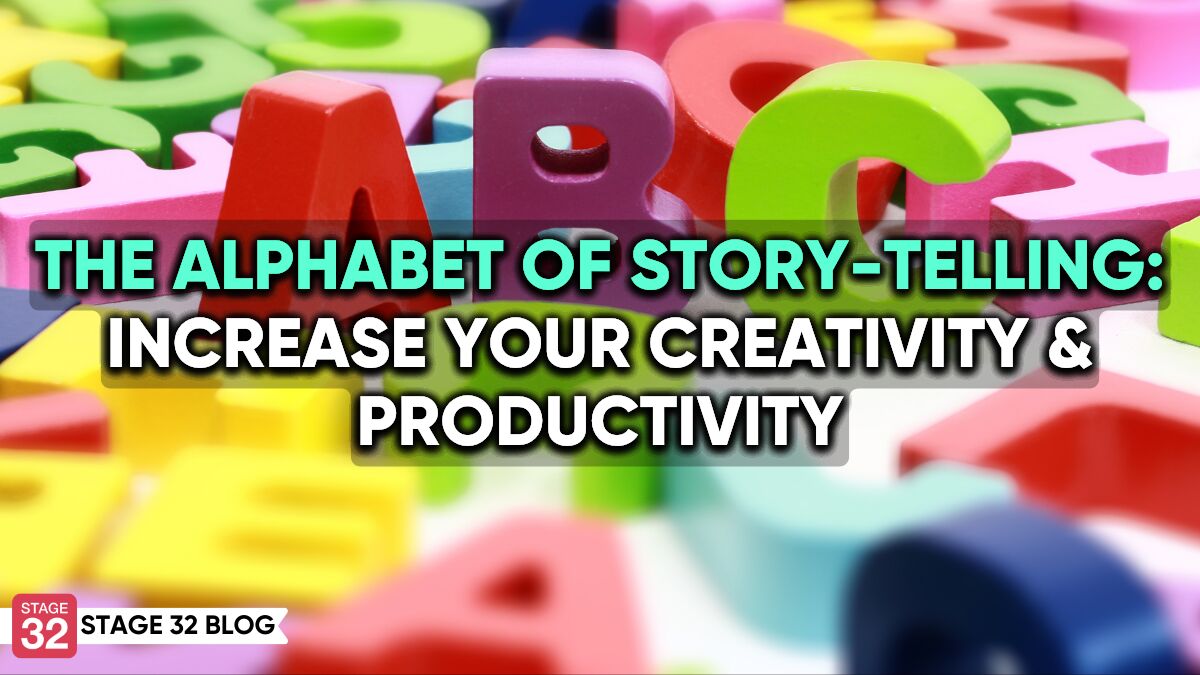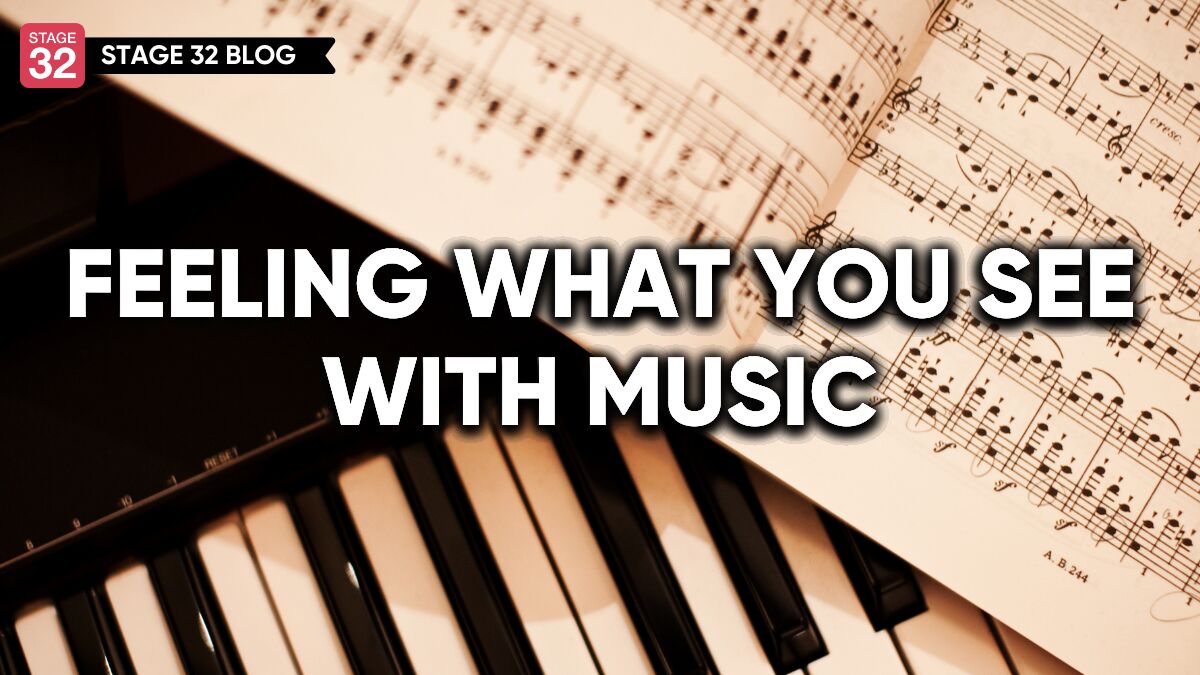Feeling What You See With Music
No one likes to be manipulated—except when they do. And this is always true with entertainment and art. “Make me feel something” is the universal mandate for all content, across every genre, through all mediums.
Music is a universal language that touches our deepest feelings to bring up powerful emotions. As in the very life of our bodies, its most basic elements are tension and release, just like breathing and heartbeats. No wonder it’s so powerful!

More Than A Feeling
In visual mediums, music is a partner. It can support and reinforce what you see, or it can be incongruously contrasting. Either way, it informs you how to feel about what you’re seeing. It’s used extensively as a bridge to transition between scenes. The tense sounds will cause you to anticipate what’s coming up, and the sweet music of release dissolves rigidity.
Film strives to engage the audience through its mighty arsenal of tools and techniques. Of these, music is one of the most powerful, compelling, and impacting elements in the gestalt. Whatever experience you may have in your life, there is a soundtrack to accompany it ...

These words are only symbols, twice removed from our experience of reality. Feelings are visceral, sourcing from our deep places within, and that's where all creatives seek to connect. When we close our eyes and listen to music that moves us, it penetrates beyond our conscious intellect, into the unconscious, where we really live and define the majority of our identity. Watching a compelling visual story or statement crafted by a skilled filmmaker, the sights and sounds combine to engage our feelings via these otherwise often inaccessible places inside ourselves.
Technical Arts Propel Us Into The Future
Since the time long ago when music first coupled with film, sophistication has only increased. Composers, filmmakers, editors, and throngs of others continue to refine their crafts in every way, largely bolstered by advanced technology. The digital tools now available are mind-boggling. If the composer/arranger is sufficiently skilled, entire orchestras of complex, well-articulated musical soundtracks can be given birth from the composer’s apartment bedroom and masterfully interwoven into the visual and dialogue. This can result in a big-time feeling production, that not long ago, would have required dozens of live musicians and world-class big-room recording expertise with prohibitively expensive equipment.

Music Libraries, Composers And Songwriters
Music libraries have also proliferated immensely, offering a vast range of pre-made “stock” and “production” material. Some are exceptionally well-organized and easy to navigate, enabling you to quickly zero in and reduce the potential selections to a manageable quantity for review. Yet, like film, music’s versatility can represent an incredible array of subtle, nuanced vibes that may or may not match well to achieve what you want with your visual. It’s a big job to find a great fit for affordable musical material.
If the budget supports it, this extensive research is done by a Music Supervisor, whether freelance or employee. But for the shoestring budgets (oh-so-many of us), it’s DIY much of the way. Music is mostly done in post-production, but be careful not to treat it as too much of an afterthought. Its effect on the overall perception of your film/TV/ad cannot be overstated.
It's like forming a band to play music: the right mix of chemistry is crucial, and can range from positive pure magic to awful, adversarial mismatching. If you’re lucky enough, you find artistic kindred spirits that blend beautifully at a soul level to bring the perfect music to your vision. Often best to achieve this nirvana is a collaboration of custom creation. It’s always best to involve the composer as early as possible, so they can feel your vision and progress to help manifest it with you.
Room For Everyone
Historically, most music for film and TV has been orchestral, but that has been changing for decades. There used to be more resistance to “selling out” to more blatantly commercial interests by big-name pop, rock, soul, country, and other artists, but not so much anymore. Now the lines have blurred or are even mostly non-existent. Being the most commercial, advertising has always used (or tried to use) every genre, whatever felt right to blend with the product image and increase brand appeal. Now movies, TV, Cable, and the Internet especially, use every kind of genre regularly—whatever works best to complement the overall production, execute the producer/director vision, and, of course, be affordable to the budget. The end goal is always the same: a unified package with a deep appeal to the audience's senses.

Have You Seen Any Snoo?
It seems that there are no new major musical genres yet to be invented. Like so many worldwide advancements, the creative emphasis in music has become a game of technical production. Balancing to maintain a sufficient degree of humanity with the ever-increasing wonders of digital technology has been the most modern approach. We must play well with the robots, as they’re not leaving anytime soon.
CGI is the visual counterpart. Computer-Generated Imagery also continues to advance and provide us with incredibly epic and otherwise visually amazing effects, all concocted in the box, just like the modern creation of so much music.
Even as the entertainment arts continue their unstoppable technological advance, the fundamentals never change. The human-centric foundation links current to past creators, even as technology and techniques advance through orders of magnitude unimaginably more complex and sophisticated. Each generation always builds on prior accomplishments, standing on the shoulders of giants. Yet history doesn't have a monopoly on groundbreaking art. Every day, creative people are building and growing new legacies with their innovation and inventiveness, morphing to modernize and stay relevant.
Conclusion
Who can say where we’re going next? Certainly, our crazier-than-usual current world conditions are impacting the prior semi-planned course. No matter what, we can always be sure that music will play a huge part in any production whose goal is to engage feelings.
Let's hear your thoughts in the comments below!
Got an idea for a post? Or have you collaborated with Stage 32 members to create a project? We'd love to hear about it. Email Emily at blog@stage32.com and let's get your post published!
Please help support your fellow Stage 32ers by sharing this on social. Check out the social media buttons at the top to share on Instagram @stage32 Twitter @stage32 Facebook @stage32 and LinkedIn @stage-32
| Coffee & Content: How To Hook A Reader With Your Screenplay |
| The Alphabet Of Story-Telling: Increase Your Creativity & Productivity |
Search Stage 32 Blog
There are now 4037 blog posts for you to enjoy. Search them all by tags below.
Acting, Advice, Cinematography, Coffee & Content, Composing, Contests, Distribution, Featured, Filmmaking, Financing, Inspirational, Networking, Producing, Screenwriting, Success Stories, Tips, Trending,Relevant Tags
Recommended Articles

Forbes Spotlights Stage 32 Certification!

Stage 32 + DramaBox Join Forces to Launch World's First Vertical Drama Incubator

Happy Thanksgiving From Stage 32: We Are Thankful For YOU
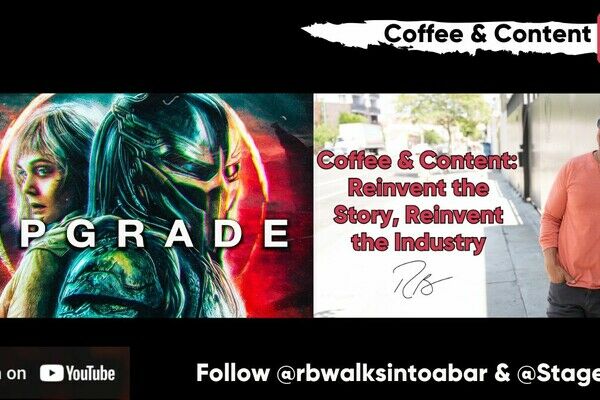
Coffee & Content: Reinvent the Story, Reinvent the Industry
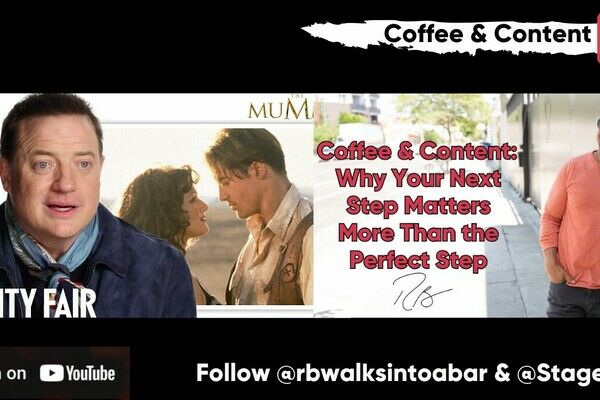
Coffee & Content: Why Your Next Step Matters More Than the Perfect Step

7 Life Hacks For Creatives

Coffee & Content: The Genius of Weapons and How to Know When Your Script Is Ready

How Stage 32 Script Services Make You A Better Writer

November Write Club Week #3: How To Make A Strong First Impression When Meeting Execs, Producers, & Reps
